|
|
Kingston, ON–The discovery of a doughnut-shaped deposit of condor guano in Patagonia led researchers to a millennia-scale record of condor behaviour and diet, shedding light on the region’s legacy of volcanic and human impacts on this species-at-risk.
Andean Condors nest in areas that are protected from the elements and predators, such as under rock overhangs and shallow caves on cliff faces. Quality nesting sites are limited, so they are often reused from generation to generation, provided that local environmental conditions will support breeding activity
The condor nest site and guano deposit used in this study is in Argentine Patagonia, Neuquén Province, within Nahuel Huapi National Park. The dry climate and the overhanging rock ledge have preserved and protected the site and its guano deposit for at least 2200 years.
“It’s a somewhat unorthodox and special record” says lead author Dr. Matthew Duda, who completed the work while he was a doctoral student at Queen’s University. “Through a variety of analyses and paleoecological techniques, we provide evidence that periods of volcanic eruptions and ash falls may have disrupted the suitability of the region to support nesting condors for various lengths of time. But when the eruptive period waned, the local environment presumably became capable of supporting the birds once again and nesting resumed.” This study reveals that condors can reclaim a traditional nesting site generations after an extended period of little-to-no use.
Preserved ancient DNA, stable isotopes, metals, and organic compounds like cholesterol also provided a record of condor diet exposure to contaminants over the ~2200-year history of the deposit. These data showed a marked change in diet attributable to landscape-scale human impact. When the environment began to rapidly change following European colonization ~150 years ago, the diet changed from native guanaco, and beached whales, to domesticated livestock like sheep. As people changed the availability of food items by replacing native fauna with ranched livestock, condors switched diets to available resources.
The deposit also records environmental contamination of lead as condors will eat the carcasses of animals shot with lead shot, inadvertently leading to metal contamination. Similarly, mercury was elevated in adult condors, likely due to the rapid urbanization and development of Patagonia.
“Given the absence of direct, long-term monitoring data, paleoecological studies such as the one conducted here, can provide important information on, for example, diet changes and exposure to contaminants.” Notes co-author Dr. John P. Smol, a biology professor and co-director of the Paleoecological
Environmental Assessment and Research Lab (PEARL) at Queen’s University. “Such studies can be applied to other condor breeding and roosting sites, as well as other species leaving similar deposits, providing key information needed for conservation and restoration of vulnerable populations.”
The study was published in the Proceedings of the Royal Society B on May 3rd, 2023.
Other members of the international research team include Christopher Grooms, Lorenzo Sympson, Jules Blais, Daniel Dagodzo, Wenxi Feng, Kristen Hayward, Matthew Julius, Linda Kimpe, Sergio Lambertucci, Daniel Layton-Matthews, Stephen Lougheed, Julieta Massaferro, Neal Michelutti, Pier Pufahl, and April Vuletich.
Funding was mainly provided by the Natural Sciences and Engineering Research Council of Canada (NSERC).
To request a PDF of the original artical, email John Smol or Chris Grooms.
Media coverage for this article:
ScienceNews, Science
,
BBC, Phys.org,
New Atlas, Reddit,
Interesting Engineering,
Quirks and Quarks

|